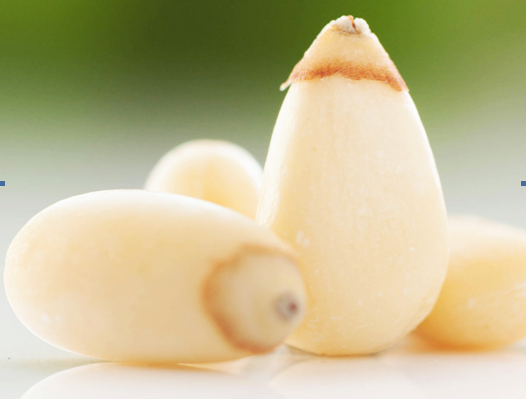In the current cultivation of tulips, there are more and more applications for cultivating or semi-promoting cultivation. The tulip plant, which is a bulbous plant, belongs to a low temperature that requires a certain period of time before the flower stem can be fully grown before it can bloom. Many countries and regions have explored the way of cultivation of tulips, combined with providing low-temperature treatment methods for the bulbs of tulips, resulting in a variety of production modes. According to the different methods of low-temperature treatment of tulip bulbs, the processing of tulip bulbs can be divided into several categories. This basically represents a certain production method: 1. Natural ball (dried bulb) After harvesting, the tulip bulb is at an intermediate temperature. Completion of the G phase (which means that the internal organs of the bulb are fully developed) is followed by storage. During storage, the temperature is controlled at a temperature of 17-20°C until the bulbs are sold or planted. The low temperature of the natural ball is obtained through the low temperature accumulation in the natural environment where the bulb is planted. If the environment of the planting area differs greatly from the requirement of the low temperature, a large adverse effect will occur. If you plant in areas where there is not enough low temperature in winter, it will be difficult for the tulip to bloom and the blinding rate will be higher. 2. After the bulbs are harvested at 9°C, after the bulbs are harvested, they are stored at a stable temperature of 9°C after an intermediate temperature reaches G stage, so that the bulbs can obtain a certain cold temperature for a relatively stable low temperature environment. Generally speaking, for the requirement of promoting cultivation, if the flowering is to occur before Christmas or Spring Festival, the treatment time is usually not enough, and it is necessary to put it in the rooting room or outdoors to continue replenishing for a period of low temperature, so that the stem can be flowered and the temperature can be later treated. Improper use may increase the blind flowering rate, and it is prone to "transport fever" on the way to transit. There are hidden dangers of blind flowers. Cultivation of 9°C treated balls often requires the deployment of a good rooting room, requiring 4-6 weeks in the rooting room to complete the lack of low temperature at the same time during rooting. In theory, the ball quality at 9°C tends to be slightly better than that at 5°C. However, due to the high requirement of bulb treatment and cultivation techniques, relatively few cultivation techniques are used. Use more. 3. After the ball bulb was harvested at 5°C, the temperature was stabilized at 5°C after the intermediate temperature reached the G stage, and the temperature was stabilized at 5°C to obtain enough cold time for flowering stems. In general, after this treatment, it is generally possible to enter the cultivation stage directly. This treatment is relatively common and commonly used low-temperature treatment methods, cultivation is also simple and easy. 5°C Treatment Ball In the initial stage of cultivation, it is also necessary to provide a suitable low-temperature environment around 9°C. If the temperature is above 12°C, planting should be postponed. If the ball is not cultivated directly after the end of the low temperature, it should be stored in a low-temperature and dry environment. 4, frozen tulip is actually called the cultivation method is more appropriate. After the middle temperature reaches the G stage and reaches the low temperature, the bulbs are seeded into the bulb turnover box to allow them to take root, and then stored in an extremely low temperature environment below 0° C. to be stored frozen. When it takes time for flowering, it will be moved into the greenhouse for a while and bloom in advance. This method has a shorter growing time and a slightly lower quality, but the flowering time can be freely controlled, and it can even be controlled until the National Day flowering. The shortcoming is that the flowering period is often relatively short, taking up a long time in the cold storage. Producers should formulate production plans according to their own actual conditions, whether it is to promote cultivation or cultivation in the natural environment, and then to select the kind of treatment of the tulip bulbs. The bulbs under each treatment method have their own special requirements. If the grower has any doubts, please contact the technical staff to confirm.
Pine Nut Kernel
Pine nuts (also called pignoli) are the edible seeds of pines (family Pinaceae, genus Pinus). About 20 species
of pine produce seeds large enough to be worth harvesting; in other pines the
seeds are also edible, but are too small to be of notable value as human food.
Our Chinese pine nuts grow in Heilongjiang and Jilin province of China. The
mainly varieties are pure red pine nut
kernel and cedar pine nut kernel.
Pine nuts have been eaten in USA, Europe, Asia and many other countries. They
are frequently added to meat, fish, salads and vegetable dishes or baked into bread.

Pine Nut Kernel
Dry Fruit Pine Nut Kernel,Pine Nut Pure Red,Wholesale Pine Nut Kernel,Raw Pine Nut Kernel
Ningxia Shun Yuan Tang Herbal Biotech Co., Ltd. , http://www.nxshunyuantang.com
